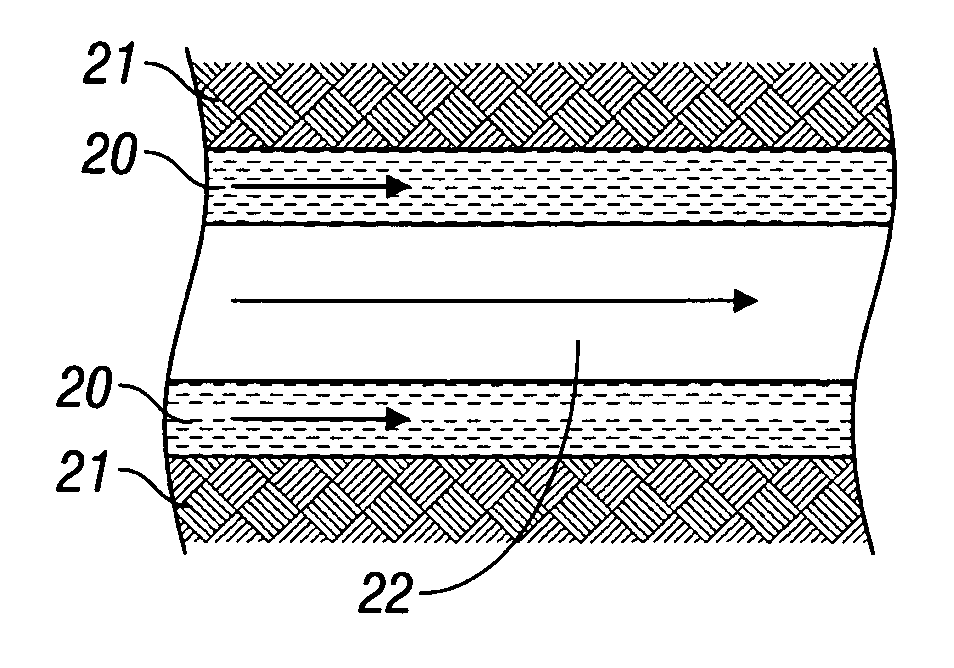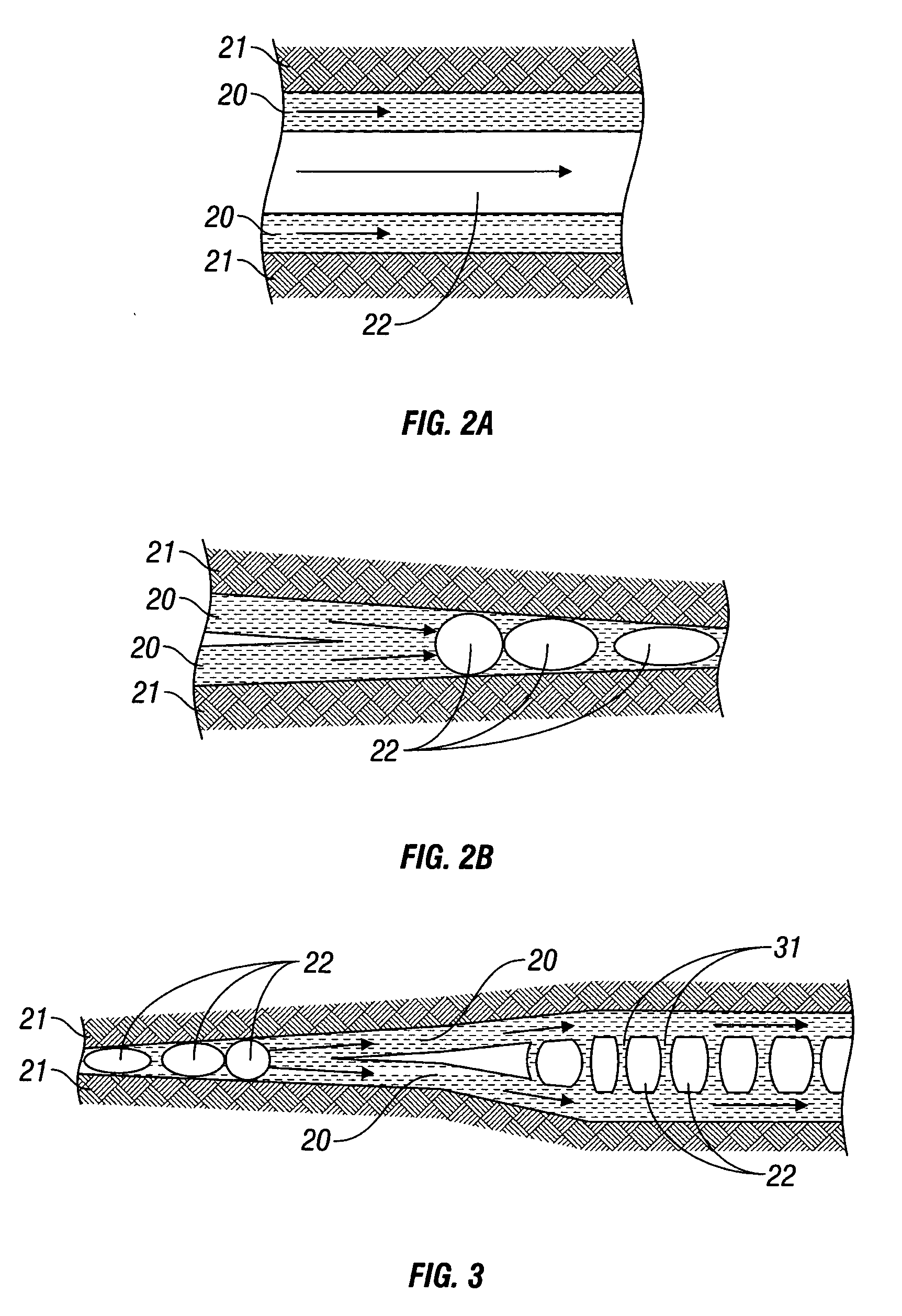Chemically enhanced thermal recovery of heavy oil
a technology of thermal recovery and heavy oil, applied in the direction of fluid removal, insulation, borehole/well accessories, etc., can solve the problems of limiting the recovery of heavy oil, inability to recover by conventional petroleum recovery techniques, poor energy efficiency,
- Summary
- Abstract
- Description
- Claims
- Application Information
AI Technical Summary
Benefits of technology
Problems solved by technology
Method used
Image
Examples
Embodiment Construction
[0010]Before the present materials, articles, and / or methods are disclosed and described, it is to be understood that the aspects described below are not limited to specific compounds, synthetic methods, or uses, as such may, of course, vary. It is also to be understood that the terminology used herein is for the purpose of describing particular aspects only and is not intended to be limiting.
[0011]In this specification and in the claims that follow, reference will be made to a number of terms that shall be defined to have the following meanings:
[0012]Throughout this specification, unless the context requires otherwise, the word “comprise,” or variations such as “comprises” or “comprising,” will be understood to imply the inclusion of a stated integer or step or group of integers or steps but not the exclusion of any other integer or step or group of integers or steps.
[0013]It must be noted that, as used in the specification and the appended claims, the singular forms “a,”“an” and “...
PUM
 Login to View More
Login to View More Abstract
Description
Claims
Application Information
 Login to View More
Login to View More - R&D
- Intellectual Property
- Life Sciences
- Materials
- Tech Scout
- Unparalleled Data Quality
- Higher Quality Content
- 60% Fewer Hallucinations
Browse by: Latest US Patents, China's latest patents, Technical Efficacy Thesaurus, Application Domain, Technology Topic, Popular Technical Reports.
© 2025 PatSnap. All rights reserved.Legal|Privacy policy|Modern Slavery Act Transparency Statement|Sitemap|About US| Contact US: help@patsnap.com



